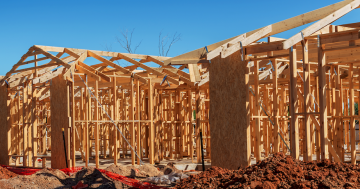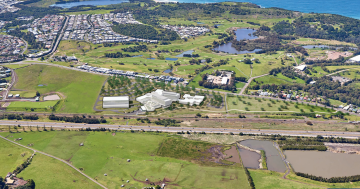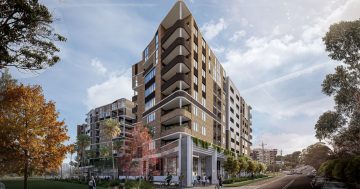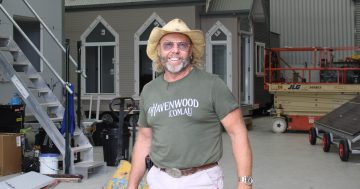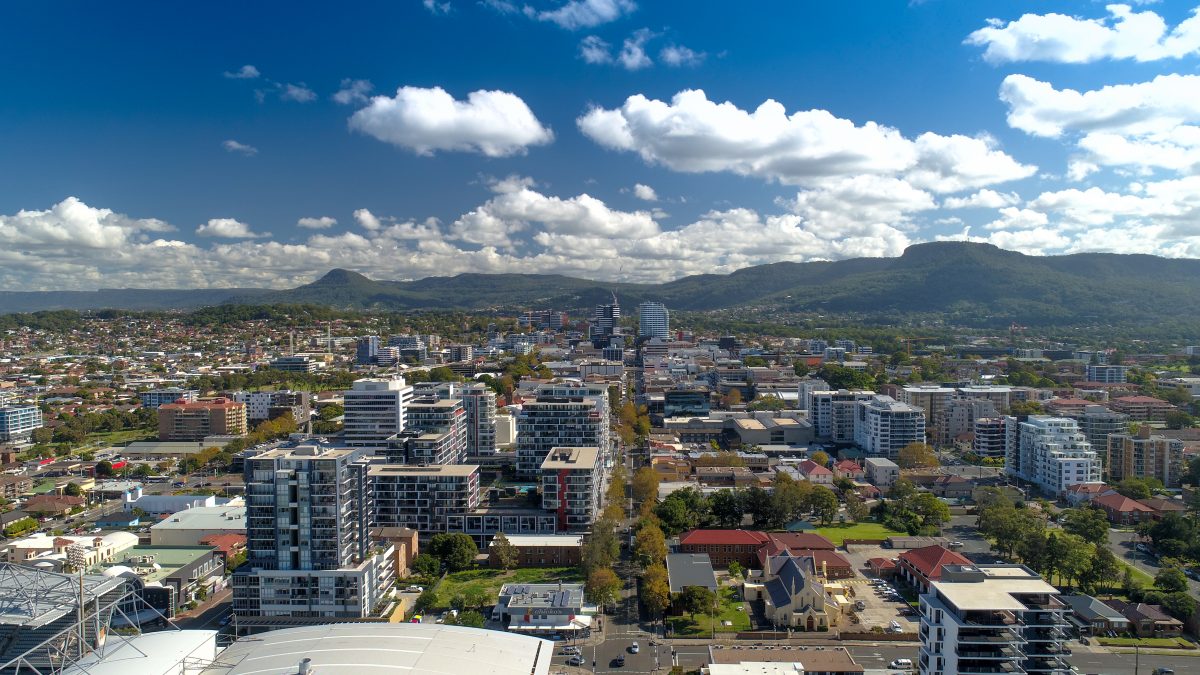
Affordable housing is still an issue in the Illawarra. Photo: Wollongong City Council.
While Illawarra rental prices are still up one third compared to pre-pandemic levels, data has shown the region’s rental prices appear to have stabilised in 2023.
The latest PropTrack data showed the median Illawarra rent rose 3.1 per cent to $607 for a house and $530 for a unit, with an overall average increase of 4.3 per cent for the year.
This compares to relatively strong demand for rentals in Sydney, where unit and house rents jumped significantly over the past year by 17.2 per cent and 13.6 per cent respectively according to the PropTrack Market Insight Report.
Though the more moderate rent price growth in the past year in regional NSW compared to the state capital brings some reprieve to renters, PropTrack Senior Economist Angus Moore said it was still “relatively quick growth for rents”.
“It is not as strong as we have been seeing over the past years, particularly during the pandemic when many regions saw solid increases in rent, but when you consider the fact that inflation sits around 2 or 3 per cent and that rents are an important part of inflation, this is still a significant increase,” he said.
“This slowing in the pace of rental growth is pretty consistent with what we’re seeing across the board in regional NSW.”
PropTrack is expected to release its data on rental vacancies for 2023 this Friday (12 January), however Mr Moore said people would likely be unsurprised to learn that the market was “tight”, with vacancy rates still in the low “1 per cents” across most of regional NSW.
This continues to create competition, which in turn puts upward pressure on rent prices – however not as seen in the unusual 2021 period.
Mr Moore said there were two contributing factors to the rental stabilisation – the slowing of net migration of people from cities to regional areas seen during the pandemic and the market reaching its limit.
“Illawarra rents are still up a third compared to pre-pandemic rates, and that has had big impacts on affordability,” he said. “It eventually limits how much people can bid on rental and how high rentals can go.”

PropTrack Senior Economist Angus Moore said while regional NSW rent growth was moderate compared to Sydney, it was still significant. Photo: PropTrack.
Business Illawarra Executive Director Adam Zarth said while the stabilisation was welcome, rents and housing affordability in general had a long way to go to meet the needs of the business community and the broader community by extension.
Its Solutions to the affordable housing crisis in the Illawarra Shoalhaven advocacy report indicated 93 per cent of businesses reported workforce shortages with 43 per cent identifying the lack of affordable housing as the underlying cause.
Independent research commissioned by Business Illawarra found a shortfall of 11,645 affordable dwellings across the Illawarra-Shoalhaven region, putting 22,700 key worker households in housing stress.
“Employers are very much on the case here; they want affordable accommodation for their employees close to work. But unless we bring about an almost revolutionary approach to delivering more affordable housing in the Illawarra-Shoalhaven district, we’ll continue to see workforce shortages,” he said.
“For the broader community, that means shortfalls in availability for aged care, child care, hospitals and other key areas.
“It stands to reason the cost of things will also continue to go up due to the workforce shortages prevalent in areas like manufacturing, construction, hospitality and retail.”
There is hope, however. Ms Zarth said there were “clear solutions” to the problem – but it would require participation from all levels of government, the private sector and the community.
“The Federal Government is delivering the National Housing Accord, including the Housing Australia Future Fund, and looking at other innovative models such as how super funds might be used for investment,” he said.
“The State Government is on the case through a planning reforms which I know Minister [Paul] Scully is paying close attention to.
“Local government has an important role to play in facilitating more affordable dwellings, and we’re seeing councils come to the party in finding innovative solutions.
“As for the wider community, we must go beyond opposing development and actively empower government decision-makers to pull the levers at their disposal to deliver affordable housing sooner. In doing this, we can’t compromise on the quality of housing we deliver – we can’t have our key workers living in sub-standard accommodation.”









